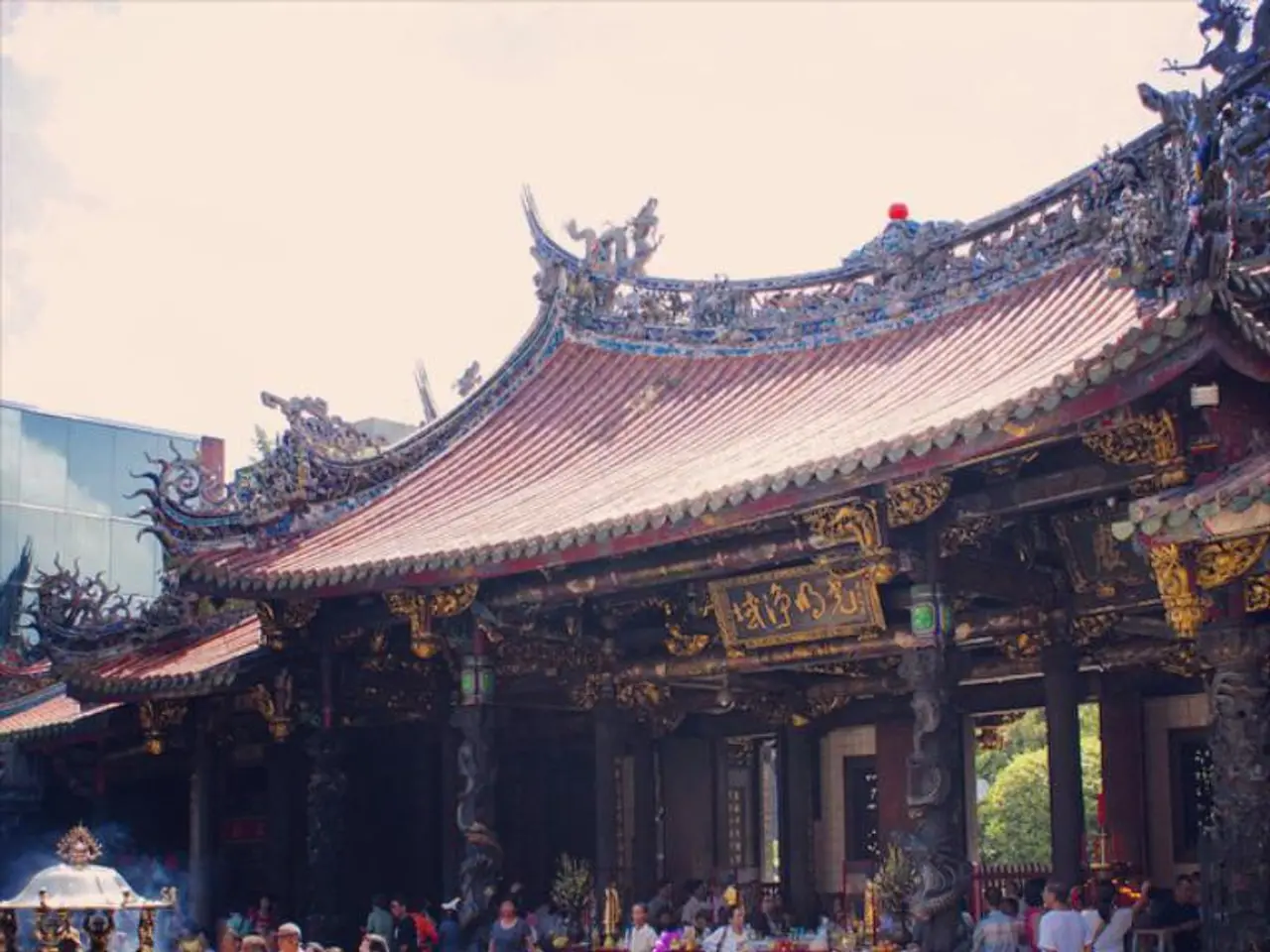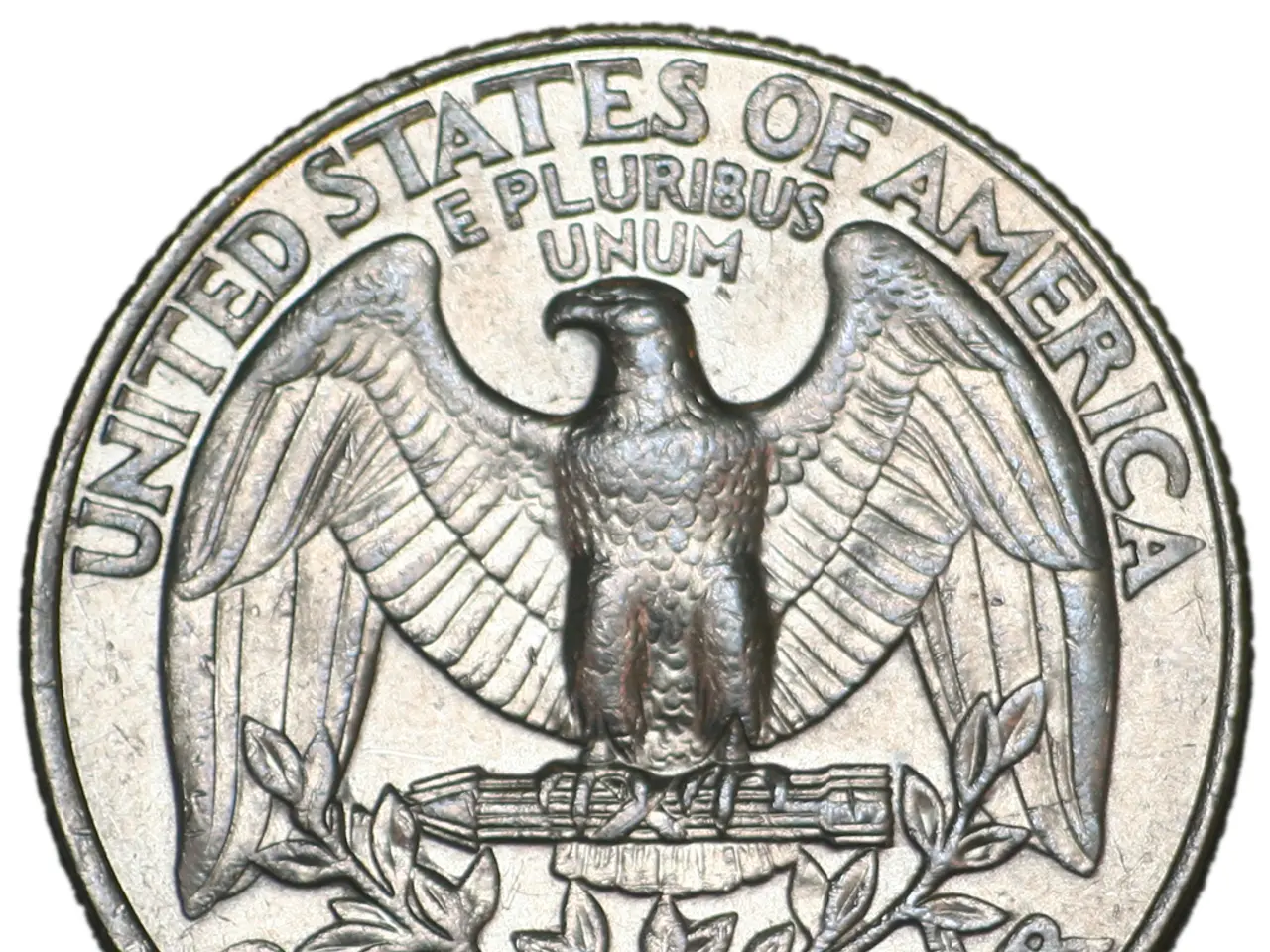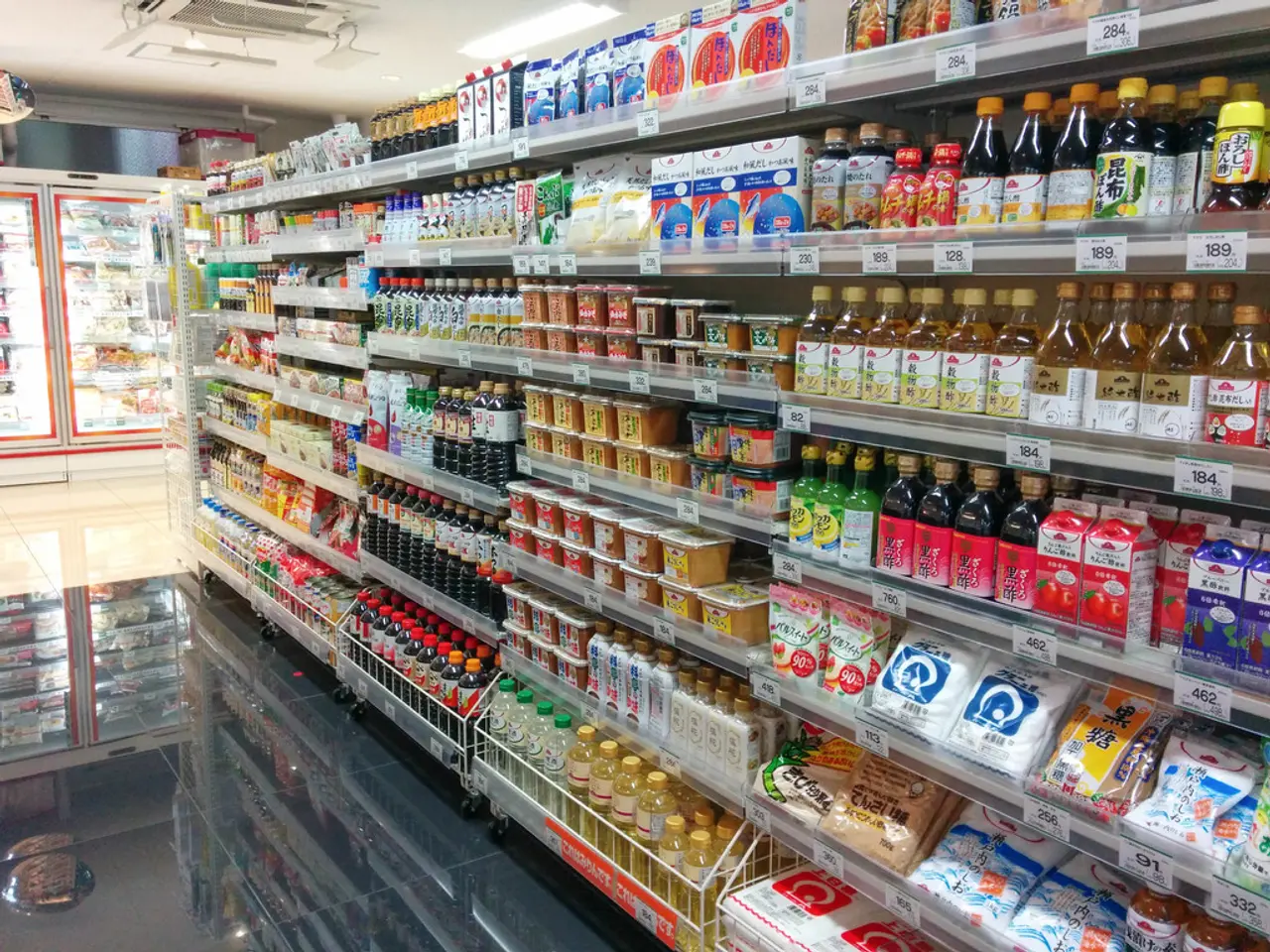Ten-year Japanese Government Bond Yield Achieves 16-Year Peak of 1.6 Percent
Rising Japanese Government Bond Yields: A Look Beyond Tariff Negotiations
The recent surge in Japanese government bond (JGB) yields, with the key yield on 10-year bonds reaching 1.6% on July 23 – the highest level since October 2008 – has sparked interest among economists and investors alike. However, it's essential to understand that the ongoing U.S.-Japan tariff negotiations and the recent trade pact reducing tariffs from 25% to 15% have not directly influenced JGB yields.
The U.S.-Japan trade deal primarily affects trade dynamics and investment flows rather than directly impacting JGB yields. The agreement includes a reduction in tariffs and significant investments by Japan in the U.S., which could have long-term economic implications for both countries.
Japanese government bond yields, particularly the 10-year, have surged over the past year. The 10-year yield rose from 0.80% in September 2024 to approximately 1.60% in July 2025. This increase reflects a shift in Japan's monetary policy as the Bank of Japan (BoJ) gradually exits its ultra-accommodative stance.
The BoJ's cautious normalization of monetary policy, including rate hikes, has been a primary driver of the rising yields. Additionally, recent Upper House elections and potential changes in fiscal policy priorities could further impact JGB yields, making them less attractive compared to other markets.
Furthermore, the end of the era of low policy rates and quantitative easing globally has also contributed to the rise in JGB yields. The safe-haven appeal of government bonds decreased due to investor relief, and selling increased in the JGB market due to speculation about the BoJ finding it easier to raise interest rates.
In late trading on July 23, the yield on the newest 10-year JGB issue stood at 1.590%, up from 1.500% a day earlier. The selling spread in the JGB market occurred after U.S. President Donald Trump announced an agreement for a 15% U.S. reciprocal tariff on imports from Japan. However, no new specific facts about bond yields or the BoJ's 10-year bond issue were provided in this announcement.
In conclusion, while the U.S.-Japan tariff negotiations have significant economic implications, they do not directly influence the recent rise in Japanese government bond yields, which are more closely tied to monetary policy changes and broader economic trends.
- The financial industry closely monitors Japanese government bond yields as they reflect shifts in monetary policy and broader economic trends, separate from tariff negotiations between the U.S. and Japan.
- The media covers the media industry's reaction to the rise in Japanese government bond yields, reporting on their impact on the business landscape and investment opportunities, independent of the ongoing tariff negotiations.




